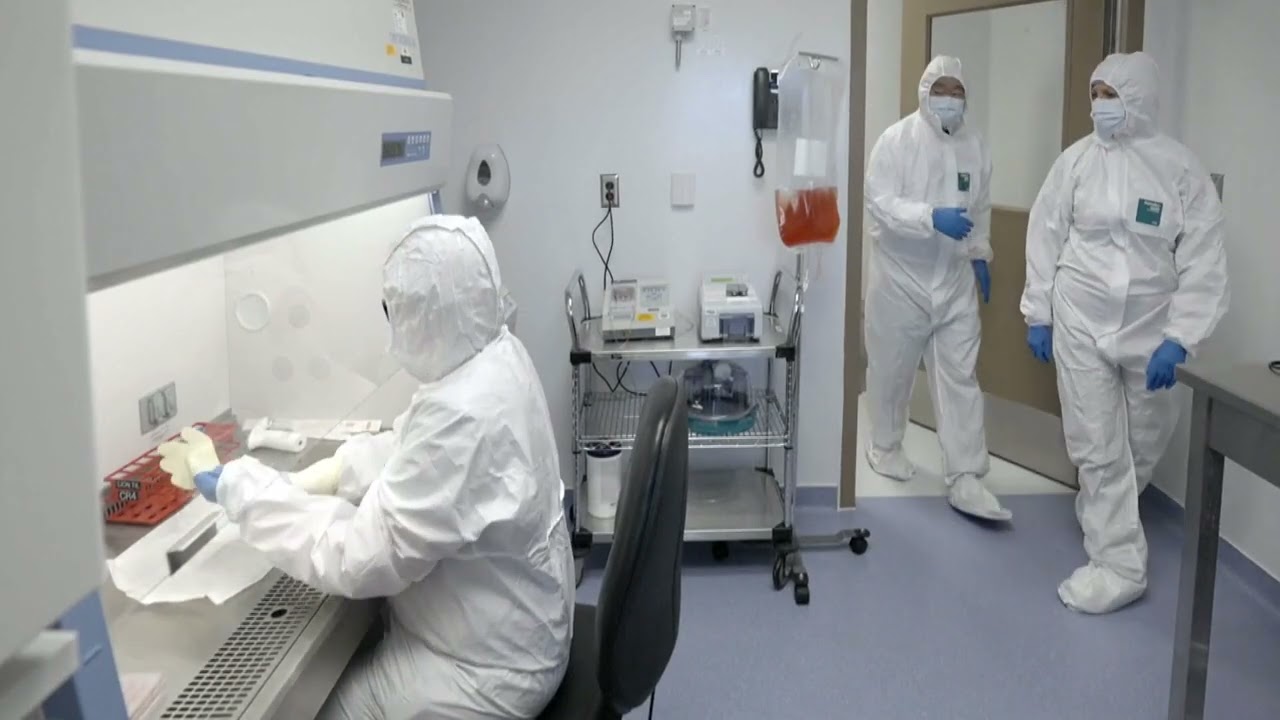The Oncology Channel
By Will Boggs, MD
NEW YORK (Reuters Health) – Port-A-Cath-related thrombosis develops in up to 40% of pediatric oncology patients, researchers from Switzerland report.
“Children with cancer who had a Port-A-Cath (PAC) should be carefully and regularly clinically evaluated for the development of postthrombotic syndrome, even if they had no clinical sign of thrombosis at the time of PAC implantation,” said Dr. Manuela Albisetti from University Children’s Hospital in Zurich, Switzerland.
“Be aware of the fact that the majority of central venous line (CVL)-related deep vein thromboses (DVT) are asymptomatic,” she told Reuters Health by email.
Dr. Albisetti and colleagues investigated the incidence, risk factors, and radiologic features, as well as long-term outcomes and complications, of PAC-related DVT in 114 children diagnosed with cancer.
Five (4%) of the children developed symptomatic PAC-related DVT in the upper venous system during the course of their treatment, according to the report, online August 29 in The Journal of Pediatrics.
Magnetic resonance venography (MRV) performed a median 3.49 years after PAC implantation (and after PAC removal in 72 children) revealed PAC-related DVT in 45 children (39.5%).
Pathological MRV findings appeared at the PAC site in 39 children and on the contralateral side in five children.
Younger age at diagnosis and female sex were independently associated with an increased risk of PAC-related DVT, but asparaginase therapy and the presence of inherited prothrombotic disorders were not associated with an increased risk of PAC-related DVT.
“Surprising for me was the fact that the incidence of DVT was similar in children with ALL (acute lymphoblastic leukemia) treated with asparaginase, which is another major risk factor for thrombosis, and in children with solid tumors,” Dr. Albisetti said.
Six of 103 children evaluated had mild postthrombotic syndrome, including three with a solid tumor and three with a hematopoietic tumor. Logistic regression analysis failed to discover any predictor of postthrombotic syndrome.
“Unfortunately, we still (do) not know how to prevent CVL-related DVT in children,” Dr. Albisetti said. “Studies are urgently required to investigate this.”
SOURCE: Port-A-Cath–Related Thrombosis and Postthrombotic Syndrome in Pediatric Oncology Patients
J Pediatr 2013.








